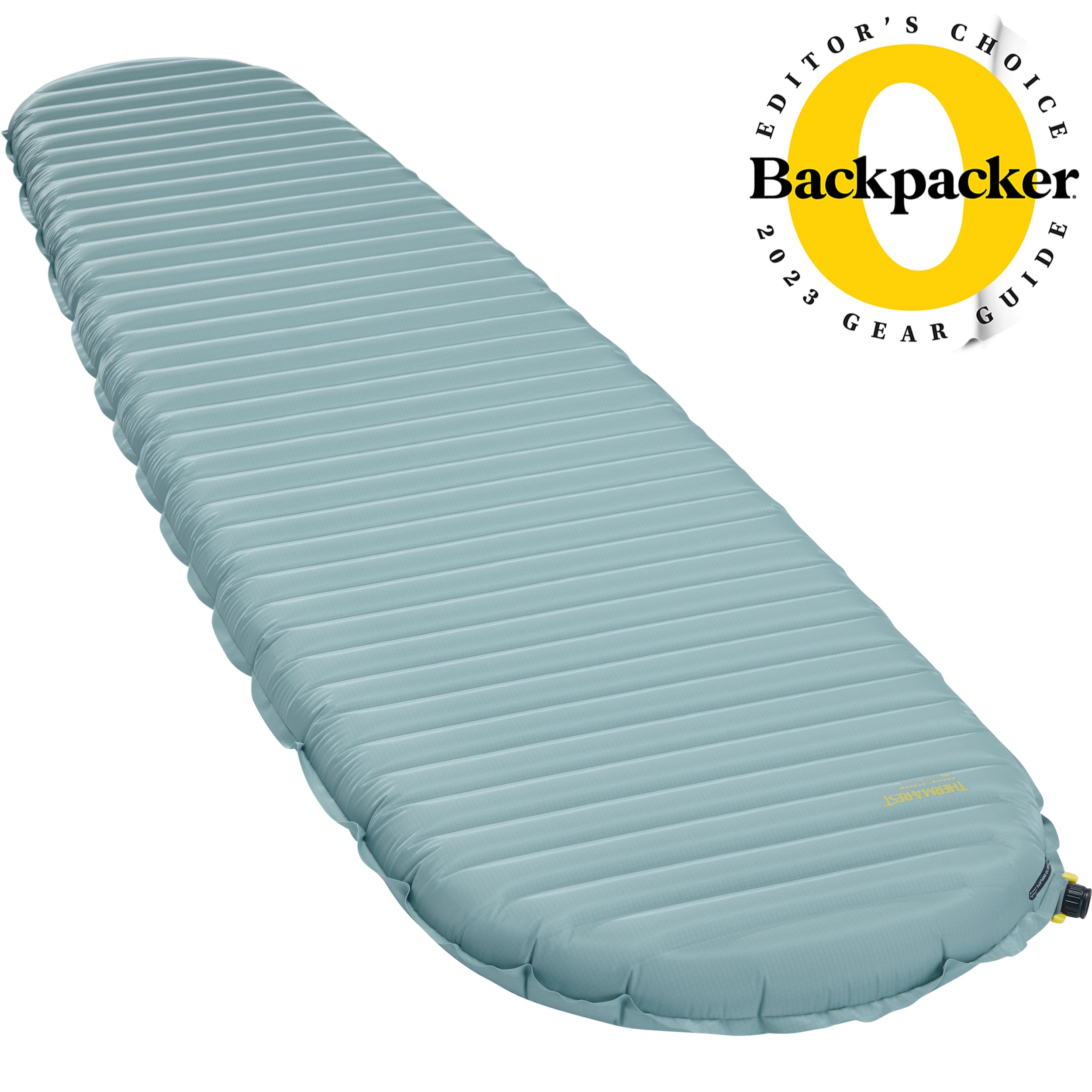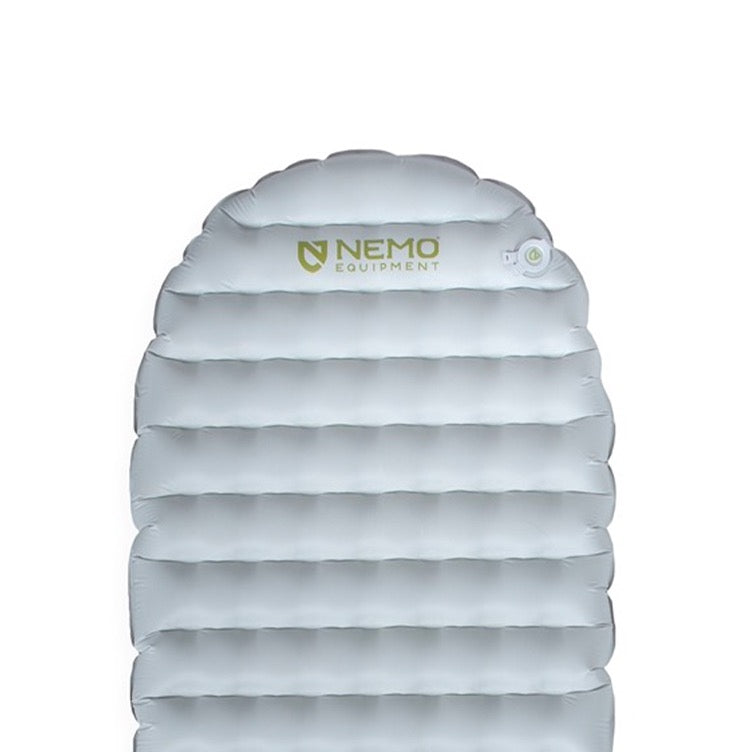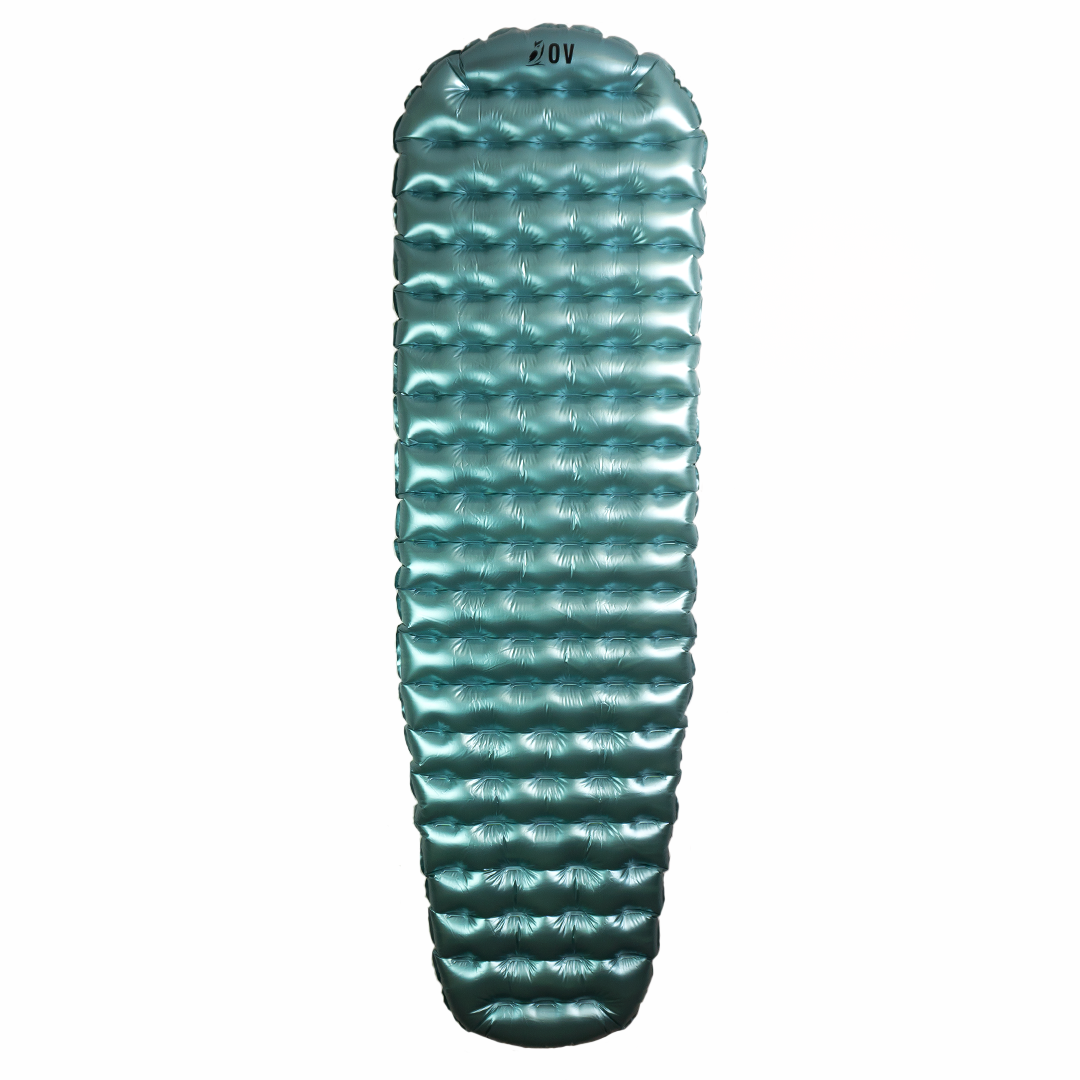Sleeping pad R-values aren't exactly dinner party conversation starters unless those involved are backpackers. For us, they're the difference between blissful slumber and a night of shivering misery on frozen ground. This simple number, ranging from 1.0 to 7.0+, measures how well a pad blocks heat loss to the cold earth below. Seasoned campers know the truth: skimping on R-value is like bringing a umbrella to a hurricane. The science behind these ratings holds the key to outdoor comfort.
Insulation is a game-changer in the wilderness. And when it comes to sleeping pads, R-value isn't just some fancy number manufacturers slap on their products - it's the difference between a cozy night's sleep and shivering until dawn. This standardized metric, ranging from 1.0 to 7.0 or higher, tells you exactly how well a pad prevents heat loss to the cold, unforgiving ground beneath you.

Don't gamble with R-values in the backcountry - they're your defense against the ground's relentless attempt to steal your body heat.
Scientists don't mess around when measuring R-value. They use the ASTM F3340-18 test method, sandwiching pads between hot and cold plates in controlled lab conditions. No guesswork, no marketing fluff - just cold, hard data that lets you compare pads across different brands. Since let's face it, nobody wants to be the person who bought the wrong pad and turned their camping trip into an arctic survival challenge.
Combining multiple pads can create additive R-values for increased warmth in extreme conditions. Before 2020, manufacturers used varying testing methods, leading to inconsistent R-value ratings across brands.
The numbers tell a clear story. R-value 1.0-2.0? That's strictly summer territory. Moving up to 2.0-4.0 works for three-season camping, while 4.0-6.0 handles almost everything except extreme cold. Want to sleep on snow? Better grab something rated 6.0 or higher.

And here's a fun fact: sleeping bag temperature ratings assume you're using a pad with an R-value of 4.8. Use anything less, and those comfort ratings become wishful thinking.
Think of your sleeping pad and bag/quilt as dance partners - they need to work together. A high-end backpacking quilt on a wimpy pad is like wearing a winter coat with no pants. Factors like pad thickness, material composition, and even air pressure in inflatable pads all affect thermal resistance.
And for side sleepers or cold-sensitive campers? They might need to bump up their R-value game.
The bottom line? R-value isn't just some technical specification to ignore. It's an essential number that could make or break your wilderness experience. Sure, you might save a few bucks going with a lower R-value pad, but nothing ruins a backpacking trip quite like spending all night doing involuntary shiver exercises in your tent. Choose wisely.






